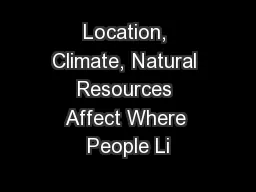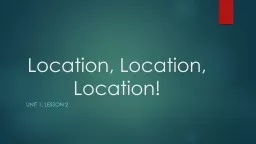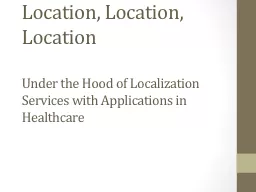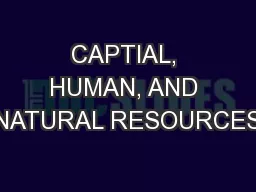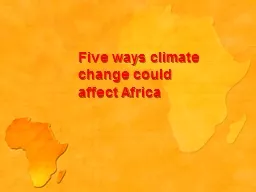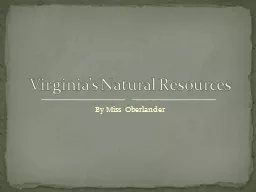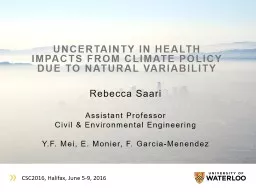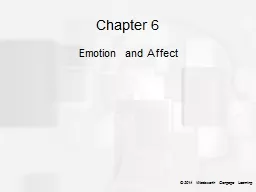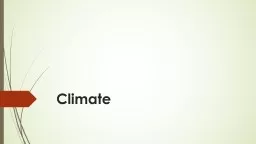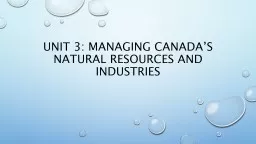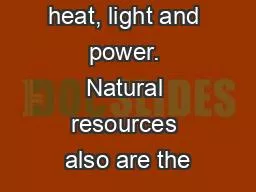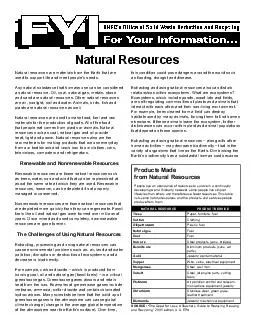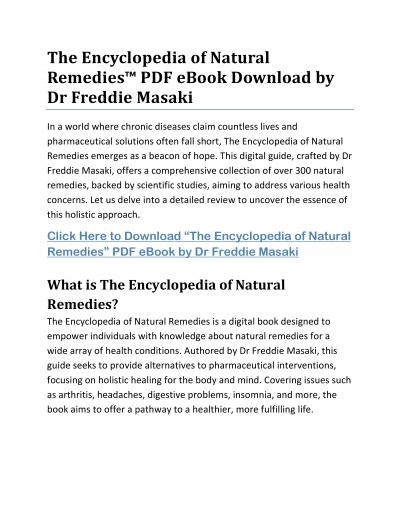PPT-Location, Climate, Natural Resources Affect Where People Li
Author : min-jolicoeur | Published Date : 2017-08-16
SS6G10 The student will explain the impact of location climate natural resources and population distribution on Europe In your groups you will take notes on how
Presentation Embed Code
Download Presentation
Download Presentation The PPT/PDF document "Location, Climate, Natural Resources Aff..." is the property of its rightful owner. Permission is granted to download and print the materials on this website for personal, non-commercial use only, and to display it on your personal computer provided you do not modify the materials and that you retain all copyright notices contained in the materials. By downloading content from our website, you accept the terms of this agreement.
Location, Climate, Natural Resources Affect Where People Li: Transcript
Download Rules Of Document
"Location, Climate, Natural Resources Affect Where People Li"The content belongs to its owner. You may download and print it for personal use, without modification, and keep all copyright notices. By downloading, you agree to these terms.
Related Documents

